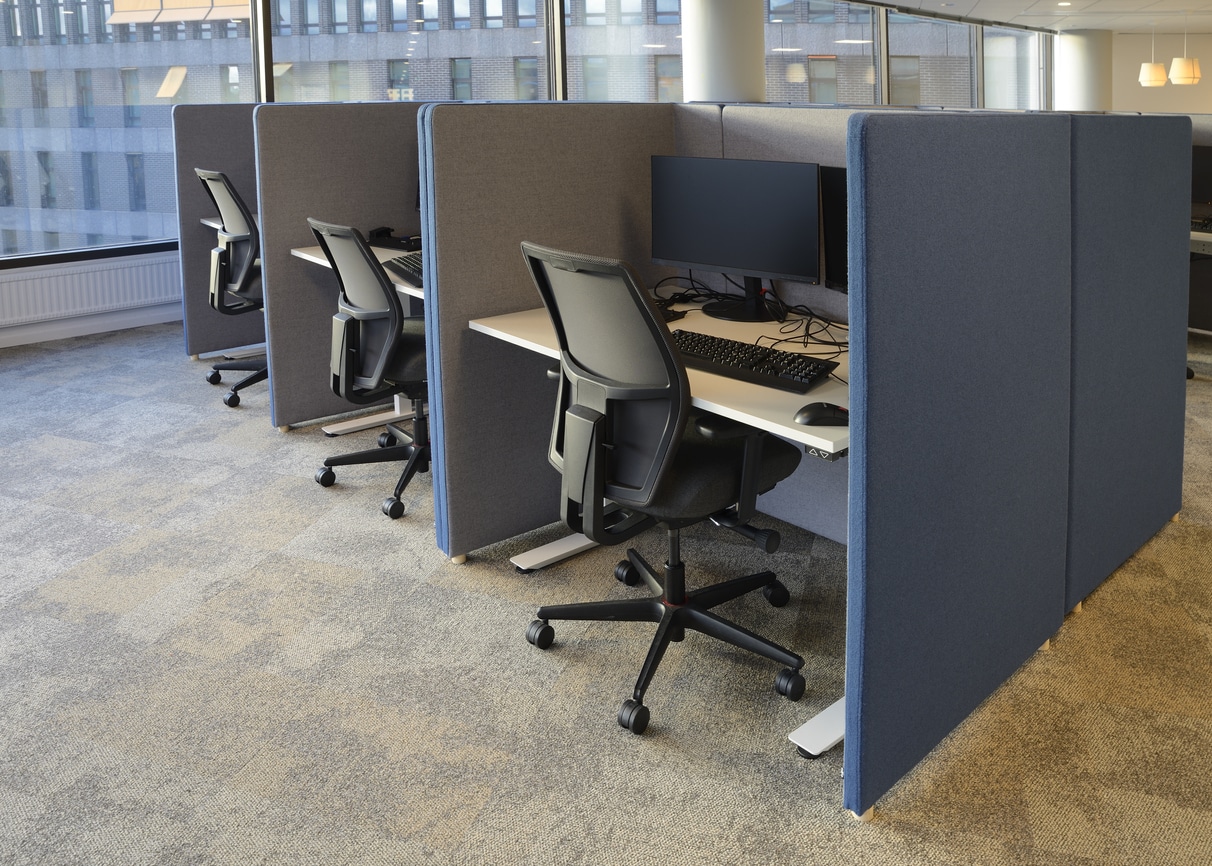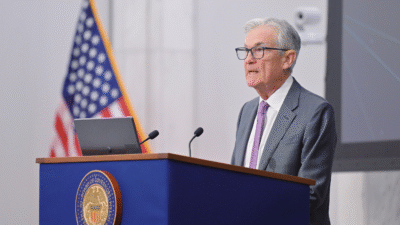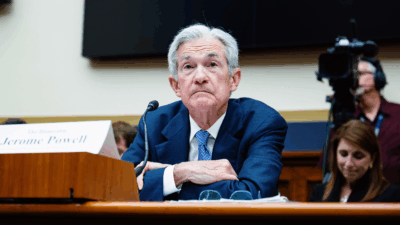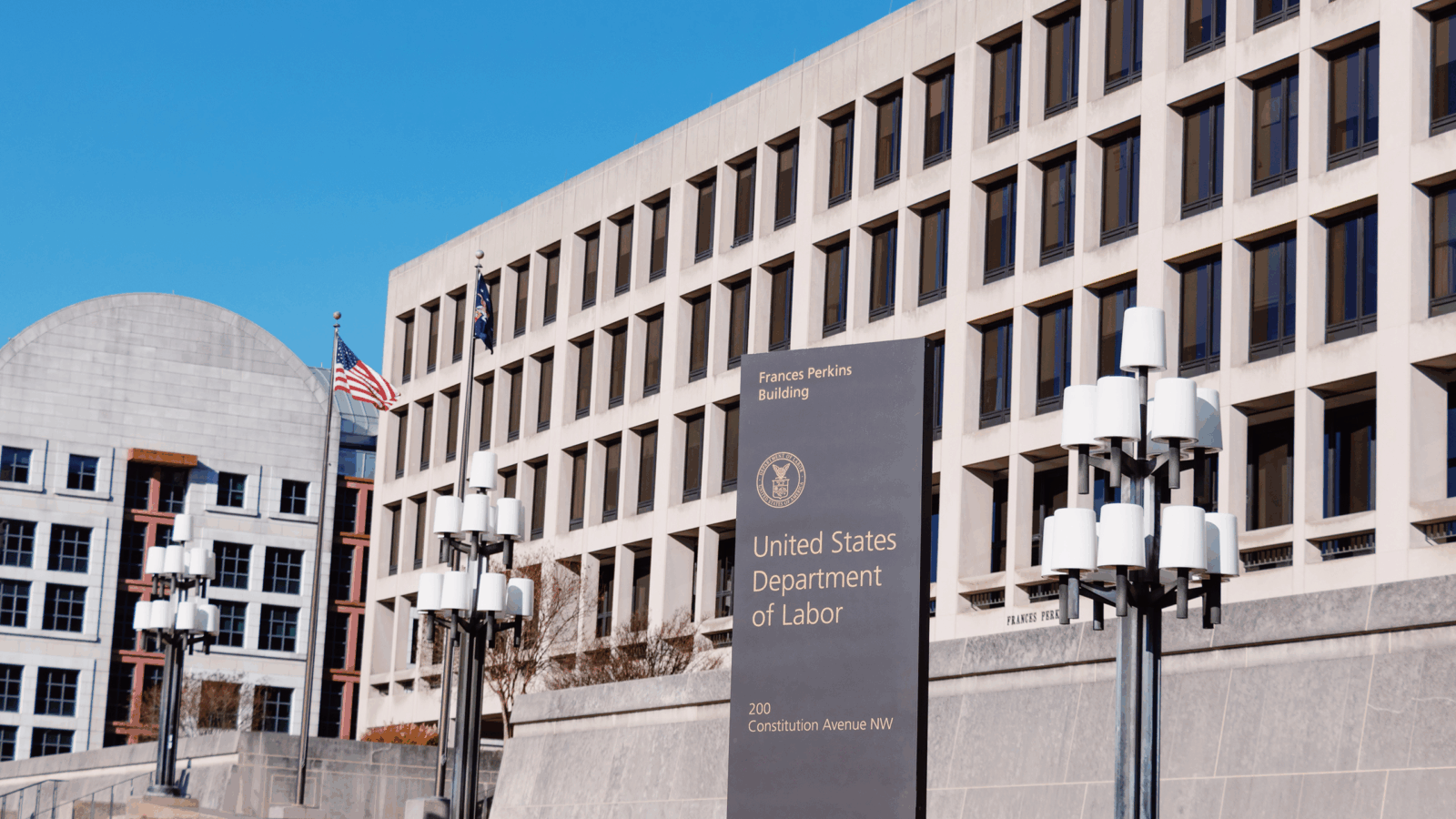When it Comes to WFH, Researchers Say There’s a Growing Divide Between Big and Small Cities

Sign up for smart news, insights, and analysis on the biggest financial stories of the day.
To work remotely or not work remotely, that is the question – unless you happen to live in smaller cities outside the coastal, Lululemon-wearing urban beltway.
According to a team of economist researchers at Stanford and other institutions, workers in pint-sized cities are much less likely to receive work-from-home flexibility than their big city counterparts. At least they can commiserate at the water cooler.
Office Space: The Final Frontier
More than a year into the post-vaccine endemic, remote work remains remarkably popular. When given the option, 87% of employees choose to work from the cozy confines of their home office/sofa/bed, a recent McKinsey survey found. And Gen Z workers, in particular, prefer the option. According to a recent ADP Research Institute report, over 70% of workers between the ages of 18 and 24 say they would consider looking for another job if their employer insisted on a full-time return to the cubicle.
Alas, all is not equal. The bigger the city, the less likely employees will have to step foot outside their correspondingly smaller and smaller apartments:
- In cities with populations under 300,000 — think St. Louis, Reno, Fort Wayne, and Lincoln, Nebraska — the share of fully remote days has fallen to 27% this past spring from 42% in October 2020, the Stanford and Co. researchers found. In the 10 largest US cities, however, the dip has been from 50% to just 38%.
- In San Francisco, more than a quarter of job postings advertise remote work, while in New York City 19% do, according to researchers from Harvard Business School. Meanwhile, just 13% of Columbus job listings permit remote work, and around 10% in Birmingham, Alabama.
Pay to Stay: Nearly 20% of employees say the ability to work remotely two to three days a week has the same value as a 5 to 10% raise, and another 10% say it’s the equivalent of a 15 to 25% raise, according to a presentation from University of Chicago economist Steven J. Davis last month at the Annual World Bank Conference on Development Economics.
Realty Check: One industry that probably won’t be handing out either pay raises or extra work from home days to employees is commercial real estate, which has been body-slammed by the remote trend as well as rising interest rates. A recent SSRN study projects US office real estate value could plummet 28% long-term — or a value of nearly $500 billion. Whether they’re working remotely or not, property managers could surely use a round of post-work happy hour drinks.











